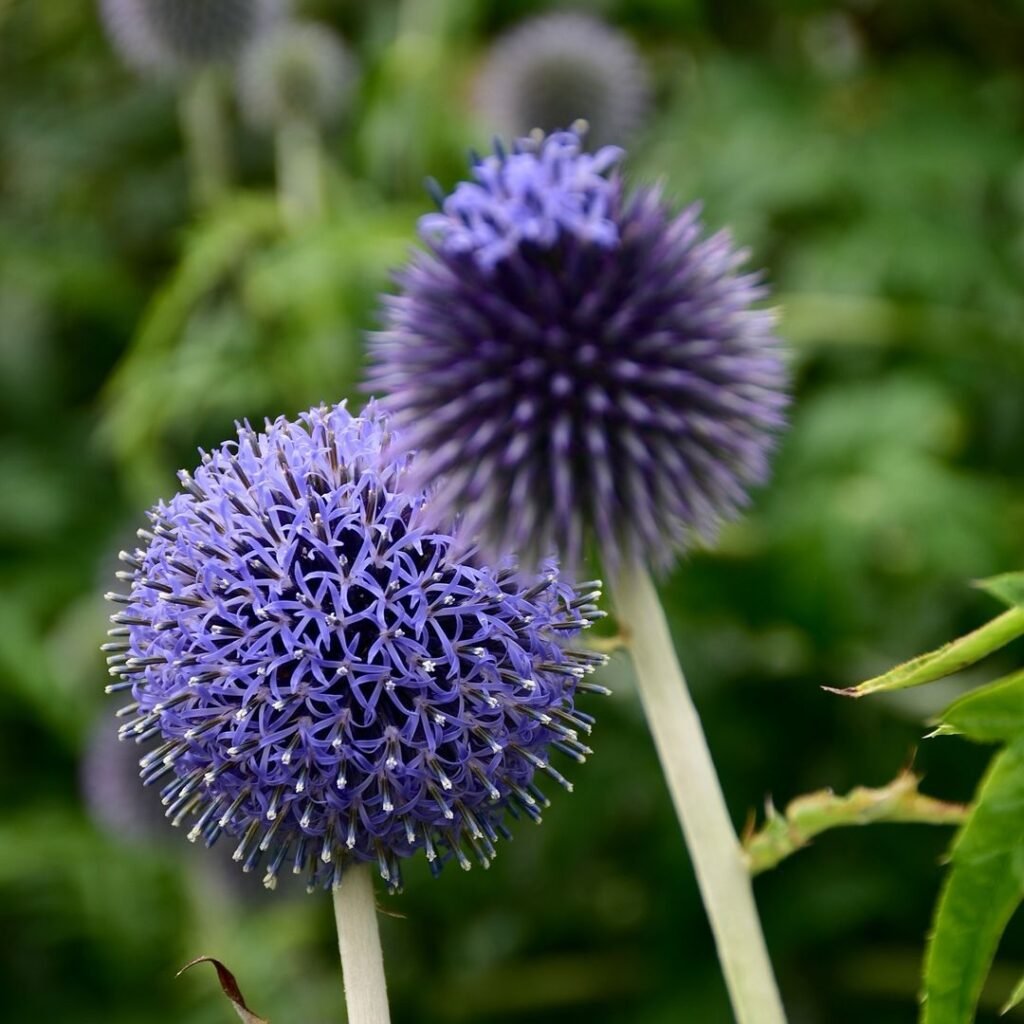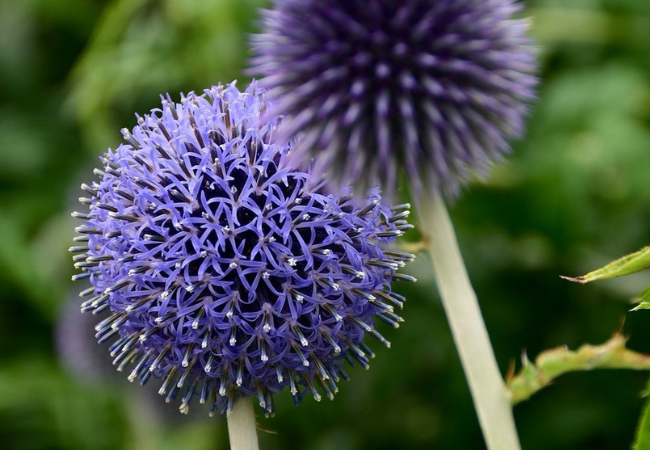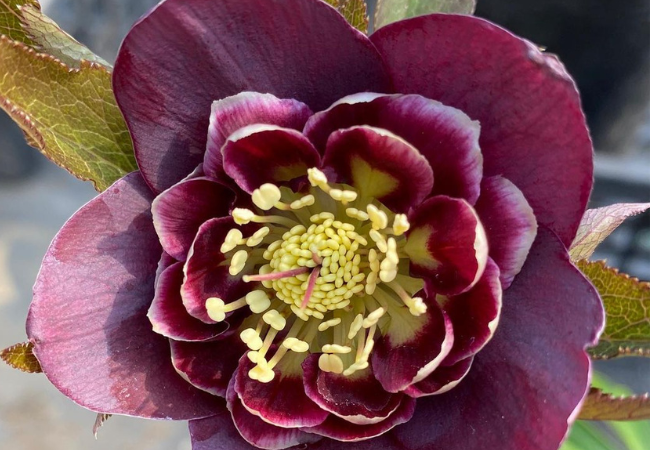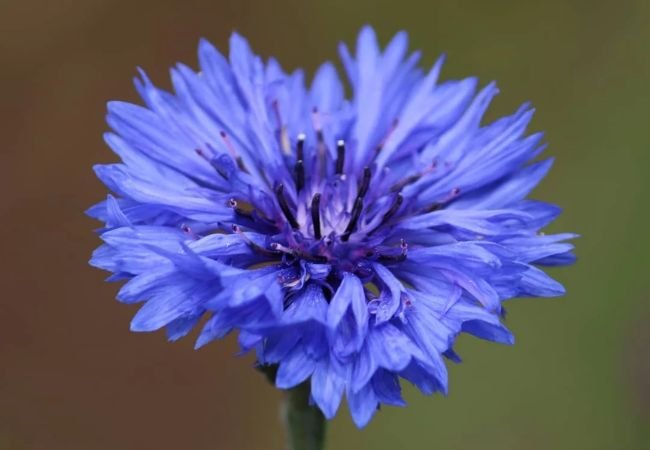Discover how to grow Globe Thistle, a unique blue flower that looks like a spiky ball. This guide covers planting, care and tips for cultivating these eye-catching blooms across various US regions.
Have you ever seen a flower that looks like a spiky blue ball? That’s the Globe Thistle! These unique and eye-catching plants can add interesting texture and color to your garden. Let’s explore how you can grow these cool flowers.
Here’s an easy and verified chart for Globe Thistle:
| Category | Details |
|---|---|
| Botanical Name | Echinops spp. |
| Common Name | Globe Thistle |
| Plant Type | Herbaceous perennial |
| Hardiness Zone | Zones 3-8 (depending on species) |
| Sun Exposure | Full sun to part shade |
| Soil Type | Well-draining, sandy to loamy soil |
| Watering Needs | Low to moderate; drought tolerant once established |
| Growth Habit | Upright, clump-forming |
| Height/Spread | 2-5 feet tall, spread of 1-3 feet |
| Special Features | Spiky, globe-shaped flowers in shades of blue or white; blooms in summer; attracts pollinators like bees and butterflies; deer resistant; suitable for cutting and drying |
What is Globe Thistle?

Globe Thistle, or Echinops, is a plant known for its round, blue flower heads. Despite its name, it’s not actually a thistle. The flowers look like spiky balls and can be up to 2 inches wide.
For a detailed botanical description, check out the USDA Natural Resources Conservation Service plant guide.
Why Grow Globe Thistle?
- Unique, eye-catching blue flowers
- Attracts bees and butterflies
- Drought-resistant once established
- Great for dried flower arrangements
How to Plant Globe Thistle
When to Plant:
Plant Globe Thistle in spring or fall. To find the best planting time in your area, use the USDA Plant Hardiness Zone Map.
Where to Plant:
Globe Thistle loves full sun. Choose a spot that gets at least 6 hours of direct sunlight daily.
Soil:
These plants prefer well-draining soil and can tolerate poor soil conditions. Learn more about soil types from the University of Minnesota Extension.
Planting Steps:
- Dig a hole as deep as the root ball and twice as wide
- Place the plant in the hole at the same depth it was in its container
- Fill with soil and water well
Caring for Your Globe Thistle
Water:
Water regularly until established. After that, Globe Thistle is quite drought-tolerant.
Fertilizer:
Globe Thistle doesn’t need much fertilizer. Too much can make them grow too tall and floppy.
Pruning:
Cut back the stems to about 6 inches in late fall or early spring.
Winter Care:
Globe Thistle is hardy in most of the USA and doesn’t need special winter care.
Common Problems and Solutions
- Powdery Mildew: This fungal disease can appear in humid conditions. The University of California Integrated Pest Management Program offers advice on managing powdery mildew.
- Leaf Miners: These pests can damage leaves. Learn how to control them from the Colorado State University Extension.
- Self-Seeding: Globe Thistle can spread easily. Remove unwanted seedlings to control its growth.
Different Types of Globe Thistle
- Echinops ritro: The most common type, with steel-blue flowers
- Echinops bannaticus: Has larger flower heads and leaves
- Echinops sphaerocephalus: Features white or pale blue flowers
For more information on Globe Thistle varieties, visit the Missouri Botanical Garden’s plant finder.
Interesting Facts About Globe Thistle
- The name “Echinops” comes from Greek words meaning “hedgehog” and “appearance”
- Globe Thistle is native to Europe and Asia
- The flowers are actually made up of many tiny florets
Growing Globe Thistle in Different Regions
Globe Thistle can be grown in most parts of the USA:
- In hot, dry regions (like the Southwest), it thrives with minimal care
- In humid areas (like the Southeast), ensure good air circulation to prevent fungal issues
- In colder regions (like the Northeast), it’s hardy and doesn’t need winter protection
For region-specific gardening advice, check out the Cooperative Extension System website.
Using Globe Thistle in Your Garden
- In perennial borders
- As a focal point in rock gardens
- In pollinator gardens
- For dried flower arrangements
For more ideas on garden design, visit the National Gardening Association website.
Globe Thistle is a unique and interesting plant that can add a touch of whimsy to your garden. Its spiky blue flowers are sure to be a conversation starter and its low maintenance needs make it a great choice for many gardeners. Why not add some of these blue spheres to your garden this year?
For more gardening tips and plant care guides, visit usagardenhub.com.







One comment on “Globe Thistle : The Blue Spheres of Summer”